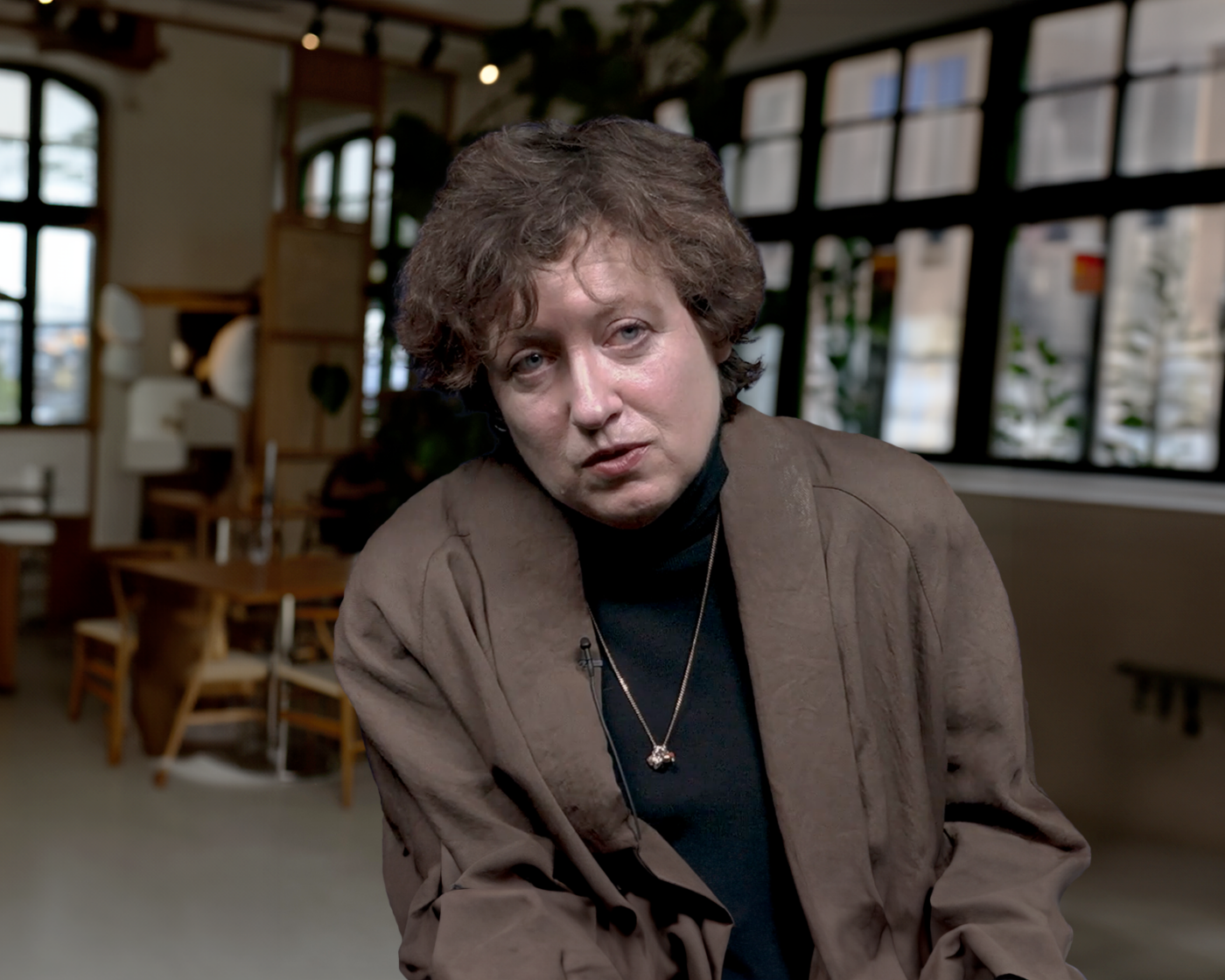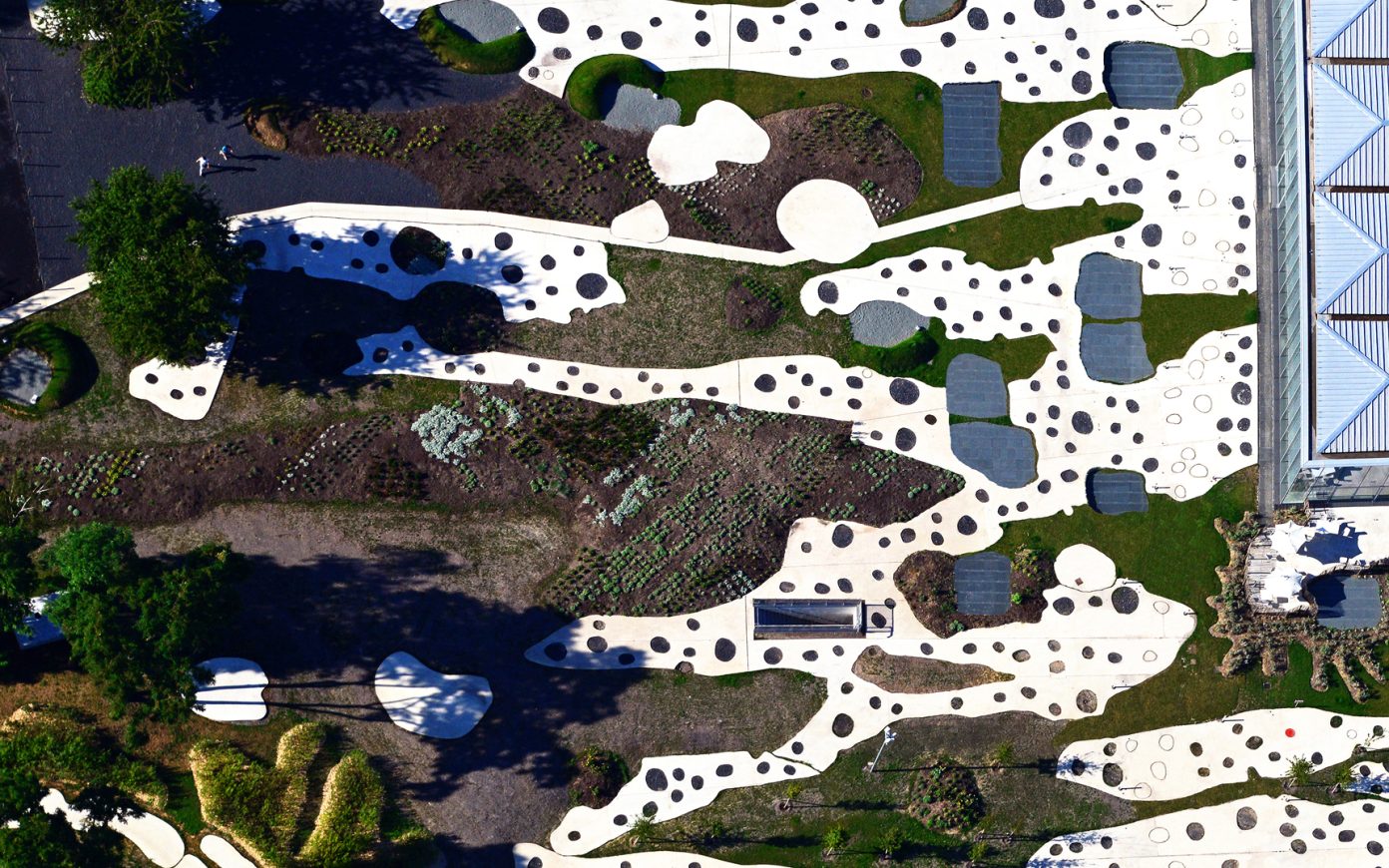How can we move beyond man’s position of dominance over nature? In what way can the living be articulated so as to improve the city? How can we create a dialogue between architecture and landscape? The work of the landscaper Catherine Mosbach represents natural environments—through the recomposition of layers of landscape—collapsing any distance between the public and the object being observed. She recreates environments in the city by playing with a set of parameters including plants but also topography, hygrometry, soils, and environmental pollution, in such a way as to counterbalance urban extremes and create islands of coolness and comfort, but also to provide paths and spaces for sociability. Within this approach, landscape and technology become complementary levers. The landscaper’s drawing must allow the hosting of events by giving up full control. In a similar fashion, architecture can no longer be so attached to the monumental envelope—form and frontier—so as to provide refined interfaces with the landscape, create porosities, and welcome transitions between the inside and the outside.


